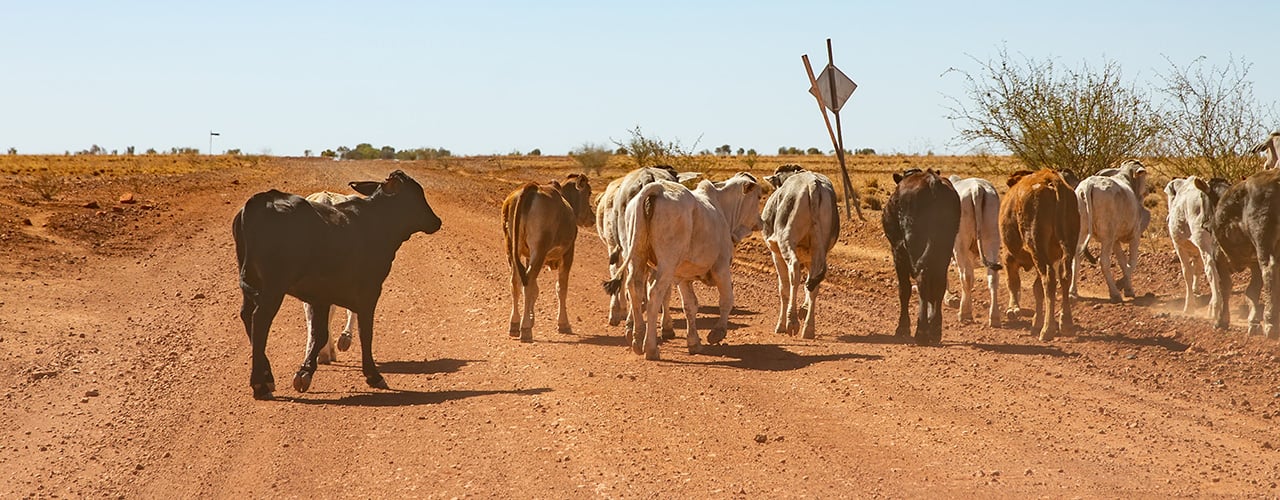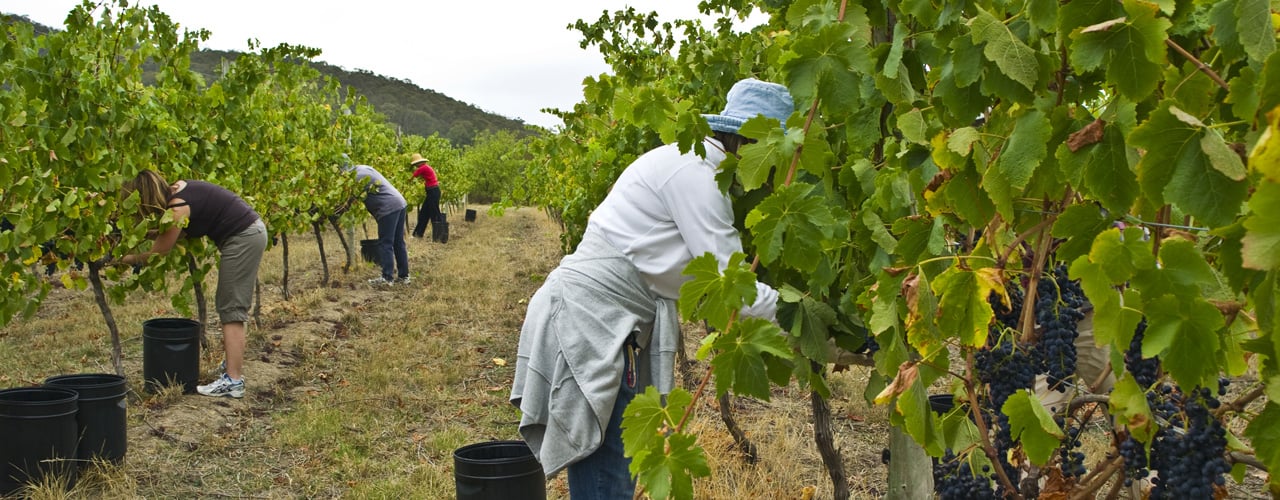Travel bans, border closures and quarantine issues. While these are now very familiar words, their impact has wreaked havoc on Australia’s seasonal worker supply over the past 18 months. More than $60 million worth of produce has already been lost or destroyed as a result which is around 0.5% of annual production. This number is also expected to rise significantly as more and more farmers report their crop losses.
As one of the nation's largest horticultural producers, Queensland has been the hardest hit. Strawberries, broad vegetables, blueberries, and bananas are the worst affected crops. This is primarily due to the high level of labour these crops require to harvest.
With shortages expected to continue to impact producers over the short term, what does this mean for Australia’s fruit bowl?
Backpackers take a forced holiday from seasonal work
International backpackers have previously played a vital role in filling seasonal worker vacancies. Holiday makers seeking a second working holiday visa must complete 88 days of regional/farm work. Prior to COVID-19, there were 141,000 backpackers on working holiday visas. This number has now fallen below 40,000 with an estimated 25 per cent decline in backpackers working on farm. It has been felt acutely by producers, as those on working holiday visas account for almost 80 per cent of the harvest workforce. Horticultural producers are currently the hardest hit. Overseas workers account for more than half of the temporary workforce employed on horticulture farms. The Australian Bureau of Agricultural and Resource Economics and Sciences (ABARES) estimates over 50 per cent of horticultural producers struggled to recruit farm workers. This has placed significant stress on growers, particularly over the busy summer harvest period. Australia's borders are due to reopen to fully vaccinated international travellers on February 21. It is hoped these labour shortages will ease over the coming months a result.
The drastic produce losses already recorded due to a lack of seasonal workers over the past 18 months remain concerning. Both Federal and State Governments continue to work with various industry bodies to address the issues.
So, what is being done?
Several different approaches have been implemented to address the scarcity of seasonal workers.
At a Federal Government level, up to $6,000 per person is available via a Harvest Trail relocation allowance program. At the time, this offer was available exclusively to Australians to encourage locals to take up seasonal work in regional areas. This program, now branded ‘AgMove’ has since been expanded. Temporary visa holders are now also eligible to take up the program, though reimbursements for visa holders are limited to $2,000.
The Australian Government has restarted the Seasonal Worker Program and Pacific Labour Scheme “PLS”. By the end of May 2021, more than 3,000 workers from various Pacific Islands were reported as being employed in Australia via the PLS alone. The government has announced the intention to double the number of Pacific seasonal workers within the next six months. This increase will enable Australia to host up to 12,500 seasonal workers though producers remain concerned it has come too late given a bumper winter crop and the busy summer period for horticultural producers.
And there’s still more to come…
A dedicated agricultural worker’s visa has recently been announced. The visa would allow applicants to stay within Australia, working for at least a year, with the option of returning on a seasonal basis. This would offer greater worker stability for growers. It would also assist in patching the seasonal worker hole left by the lack of backpackers. This visa will see the number of workers from the Pacific Islands in Australia double to over 24,000. Unfortunately, since this was announced in October last year, no workers have come into Australia under the new Ag Visa.
The Federal Immigration Minister has also flagged the possibility of increasing the annual migration intake in 2022 to help fill vacancies in key industries. It remains to be seen if this will be implemented or not.
What does this mean at the checkout?
The shortage of workers throughout the summer period has proved challenging for producers. The impact has seen some growers cut back production, plant less labour-intensive crops, or leave the land altogether. Favourable conditions will lead to increased production over the next six months. Unfortunately, high labour costs and crop losses will largely offset price falls typically experienced during strong production seasons.
Both fruit and vegetable producers are relying upon locals to help fill the gaps left by overseas seasonal workers. Pay rates have generally risen as a result. When combined with the costs of continued crop losses and tightening supply, this will likely see costs passed onto the consumer. Prices of some fruit and vegetable products are expected to remain in line with 2020-21 figures.
Keep an eye on our monthly Insights reports for updates on the seasonal labour shortage and its impact on our horticulture industry.
Most Popular
Subscribe to insights today
Receive reports direct to your email by subscribing to Rural Bank Insights.




